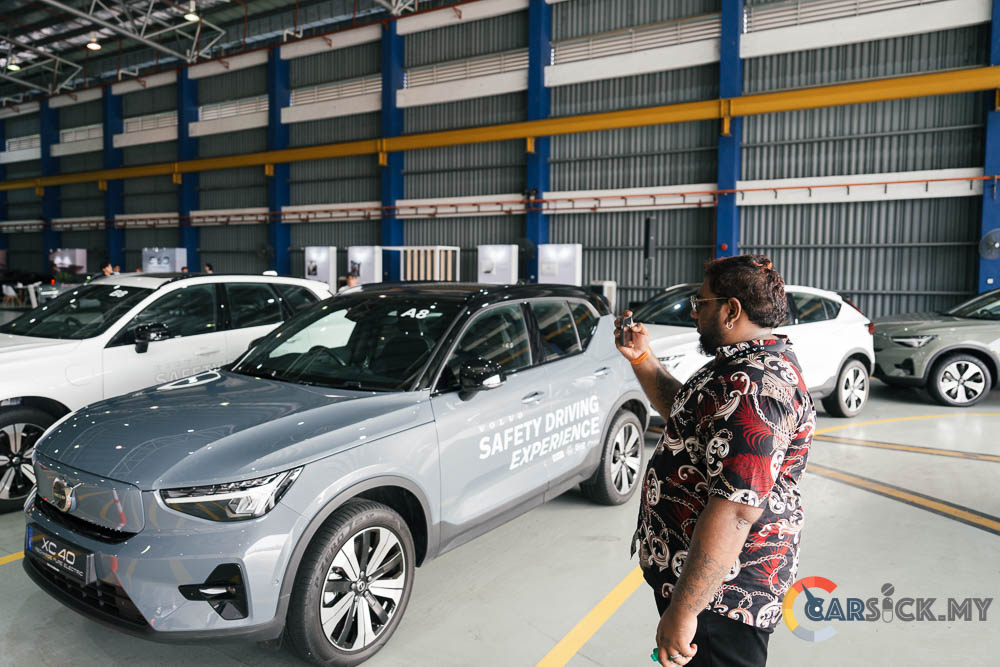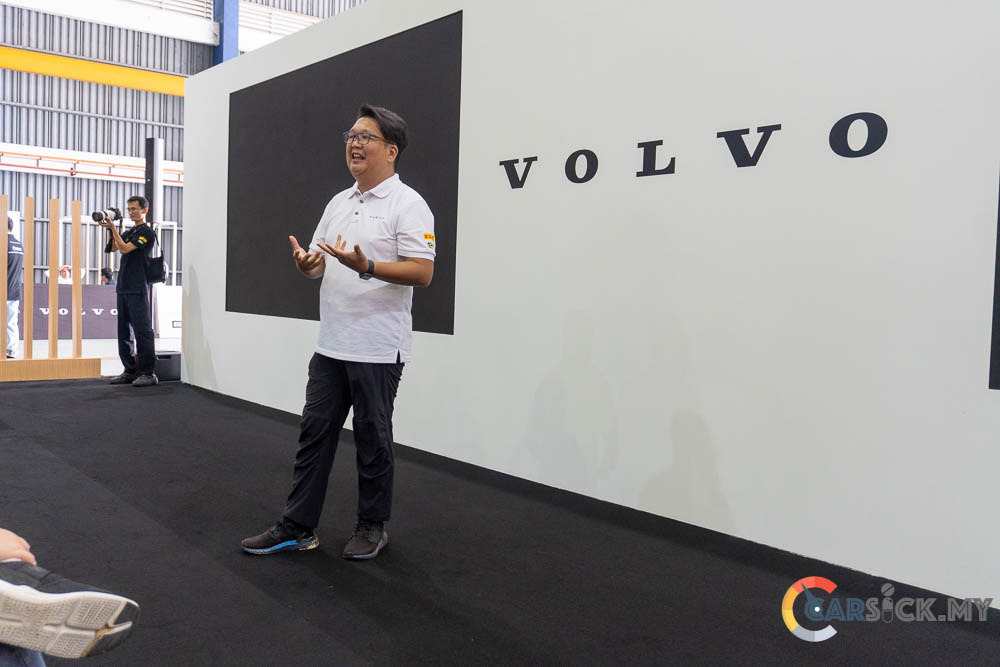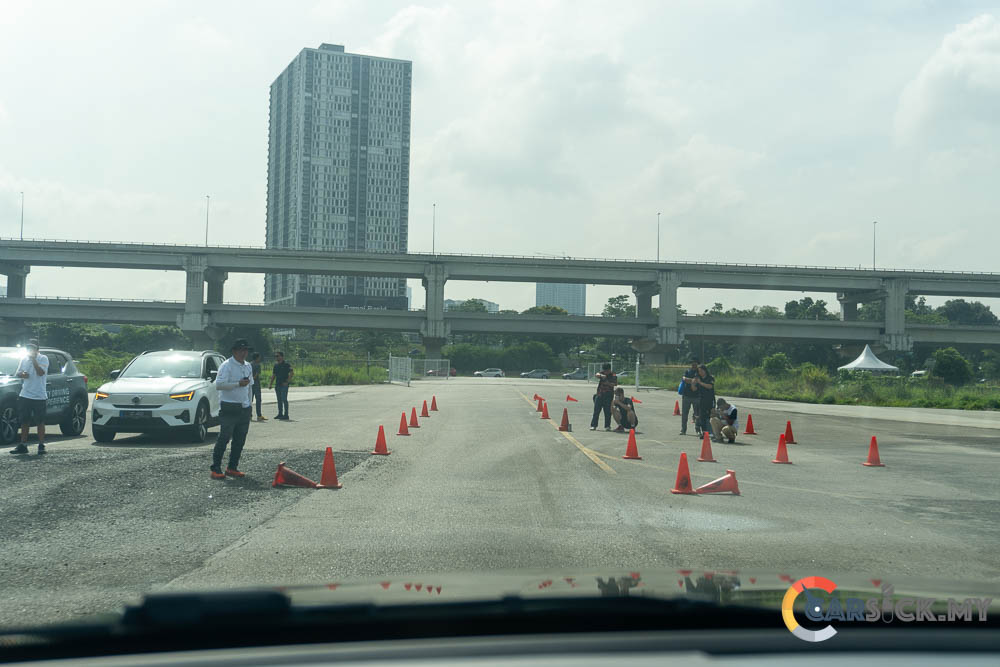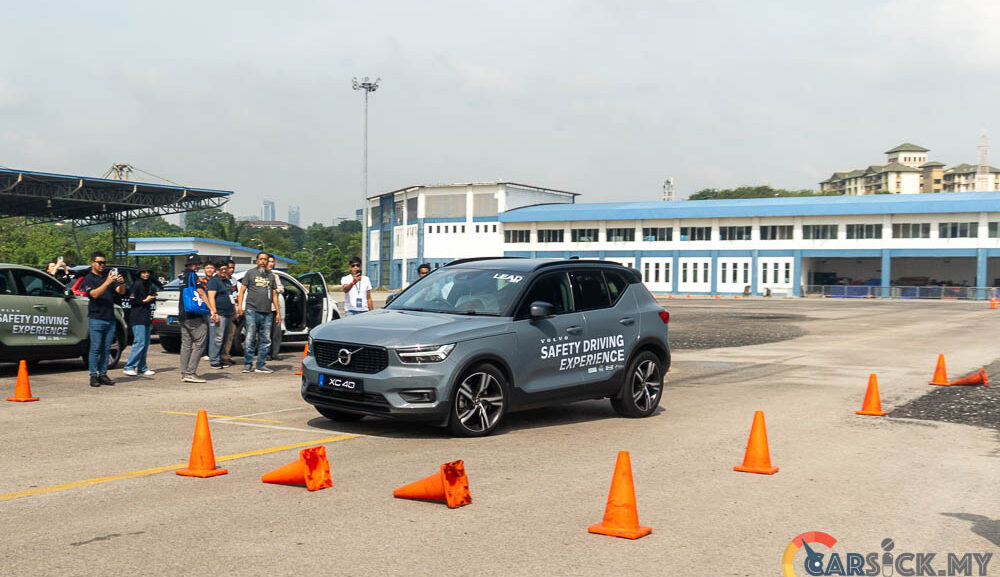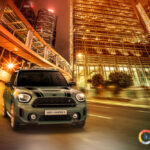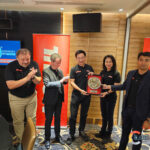Over the weekend, Volvo Car Malaysia held their first-ever Safety Driving Experience Event. Volvo has always been about making safe vehicles, but having a safe vehicle without a good driver is still equivalent to an unsafe vehicle. Volvo aims to change this by hosting this Safety Driving Experience Event. Apart from teaching Volvo owners to be safer drivers, Volvo Car Malaysia also wants to allow their owners to experience how Volvo vehicles handle under emergency situations. As media, we also got to understand the limits of Volvo vehicles under these conditions.
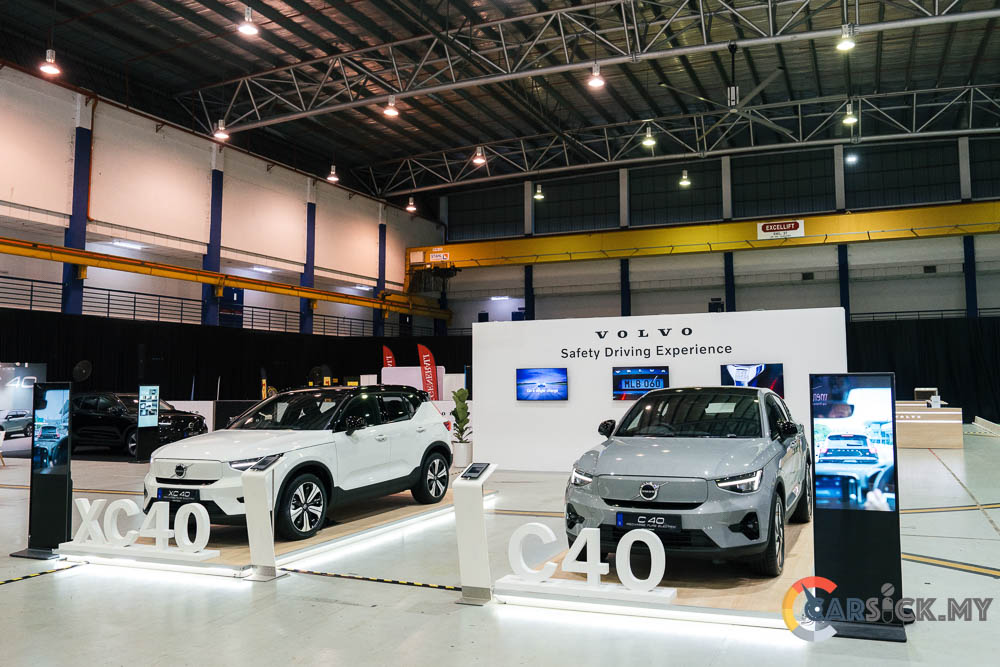
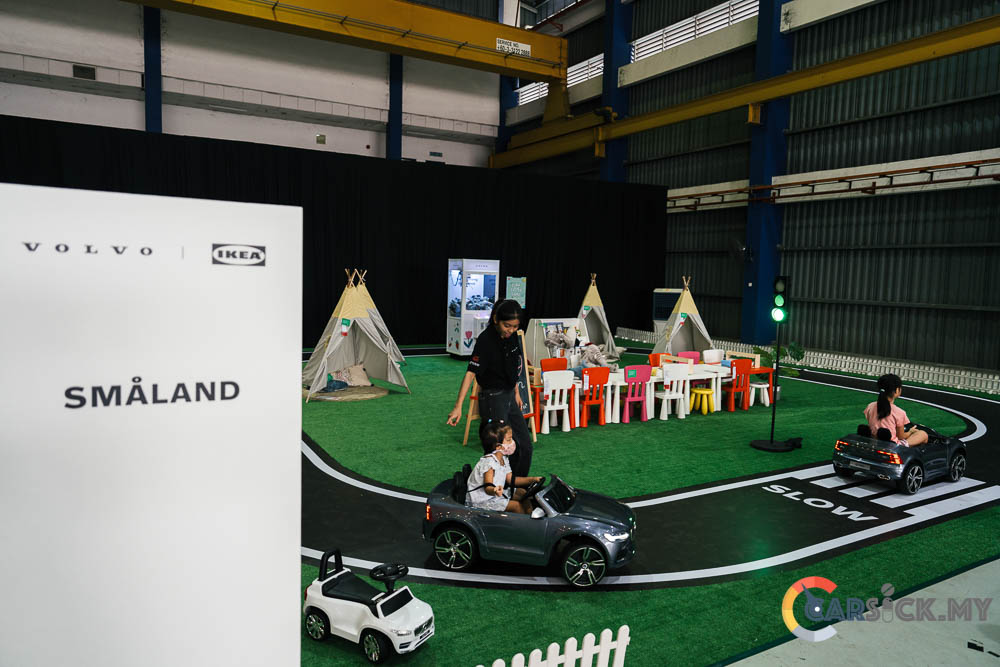
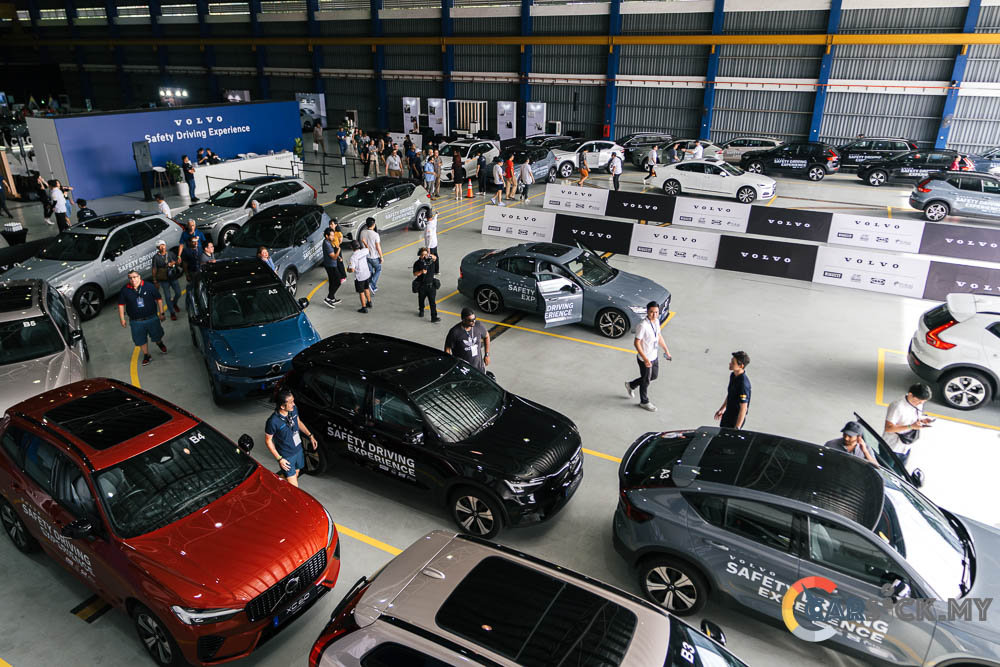
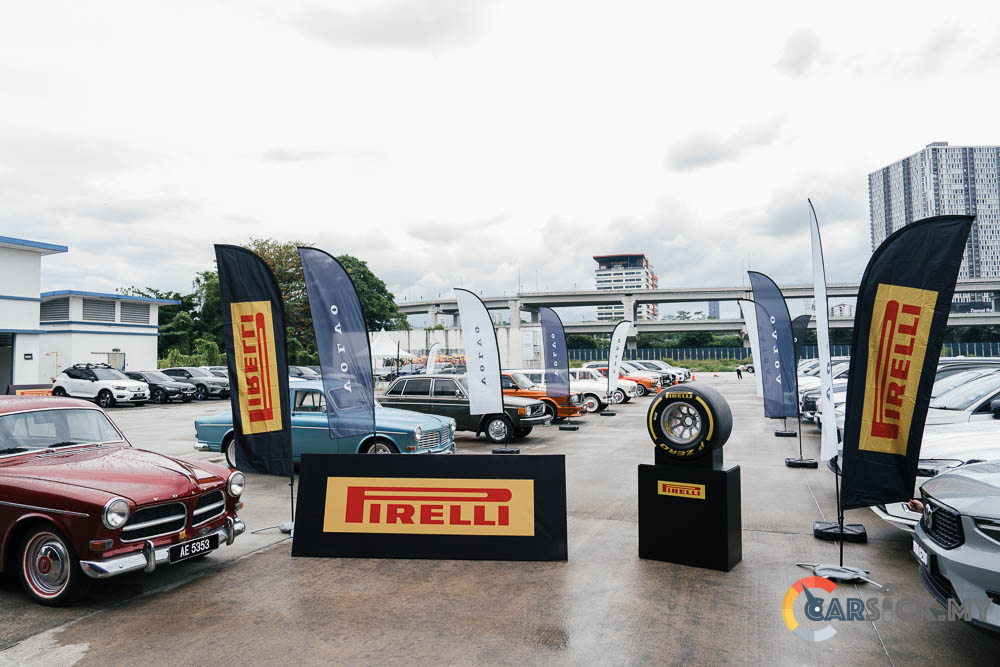
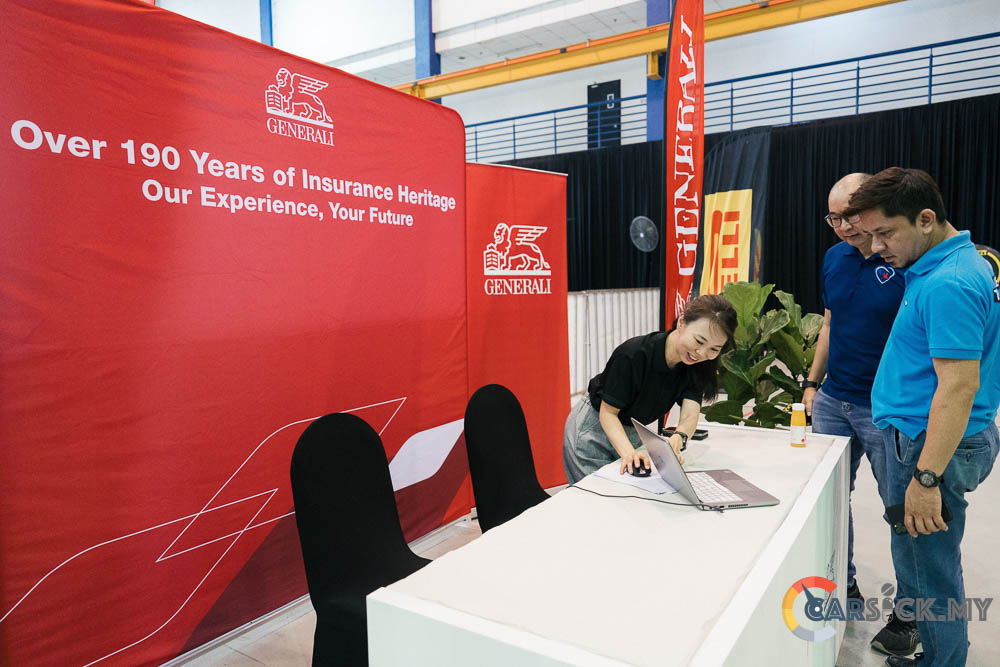 As for the venue, Volvo Car Malaysia selected the defunct TUDM airport in Sungai Besi. Besides having a long runway for the cars to reach their maximum speeds, there are also wide open areas for emergency braking practices. The main part of the event was held in a large hangar, housing a dining area, a car display area, and booths for sponsors. Speaking of sponsors, Volvo has also invited Ikea, Pirelli, Generalli, RHB, and Puras to co-host the event. Guests were given the chance to indulge in some delicious Ikea food, check out the new Pirelli Elect tires, speak to RHB about their new flexible financing options, chat with Generalli about EV insurance, and of course, make their vehicles smell good with Puras essential oils.
As for the venue, Volvo Car Malaysia selected the defunct TUDM airport in Sungai Besi. Besides having a long runway for the cars to reach their maximum speeds, there are also wide open areas for emergency braking practices. The main part of the event was held in a large hangar, housing a dining area, a car display area, and booths for sponsors. Speaking of sponsors, Volvo has also invited Ikea, Pirelli, Generalli, RHB, and Puras to co-host the event. Guests were given the chance to indulge in some delicious Ikea food, check out the new Pirelli Elect tires, speak to RHB about their new flexible financing options, chat with Generalli about EV insurance, and of course, make their vehicles smell good with Puras essential oils. 
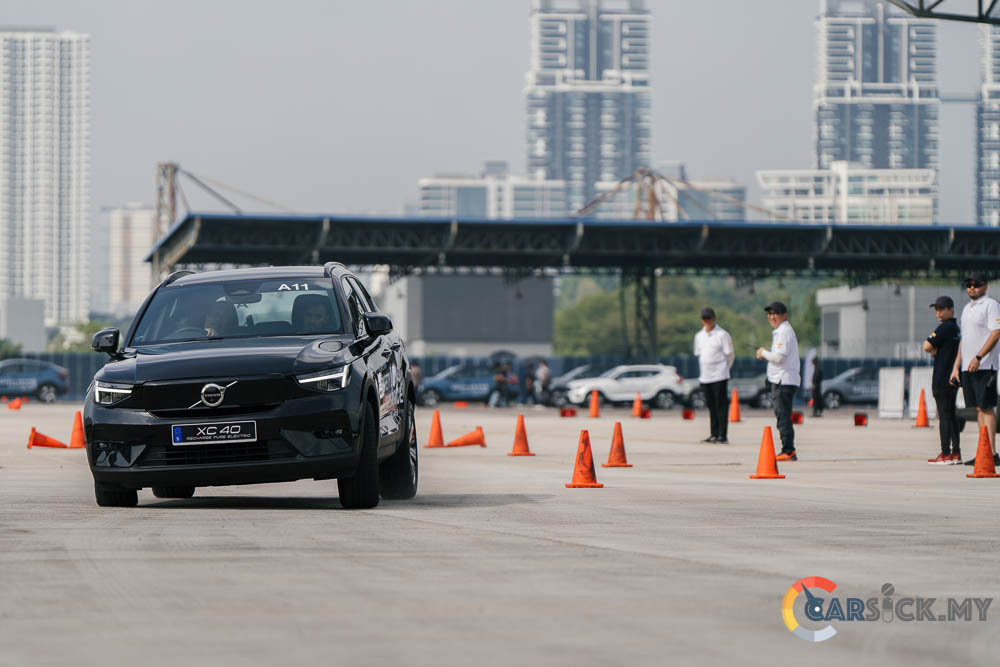
Returning to the main event, the safety driving experience was split into five different exercises. Due to the large number of people, participants were divided into smaller groups. Each participant shared a vehicle with another participant so they could share experiences during the exercises. Since different groups started with different activities, I will share my experience based on the order in which I experienced the exercises. For my group, we started with the emergency lane change. This not only allowed participants to experience how a Volvo handles sudden directional changes but also helped build confidence in Volvo owners toward their vehicles. 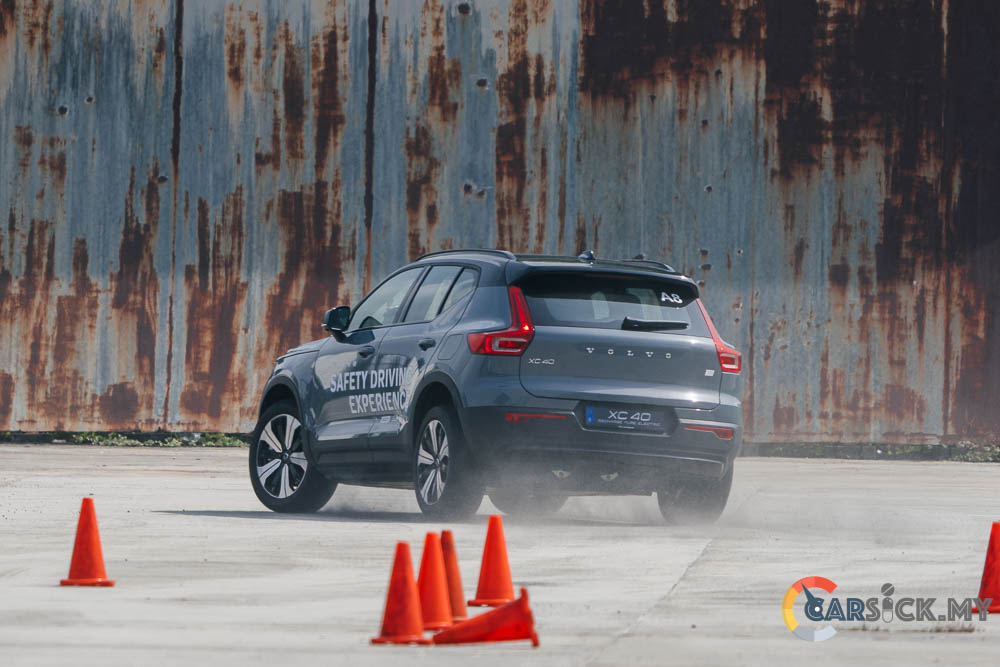
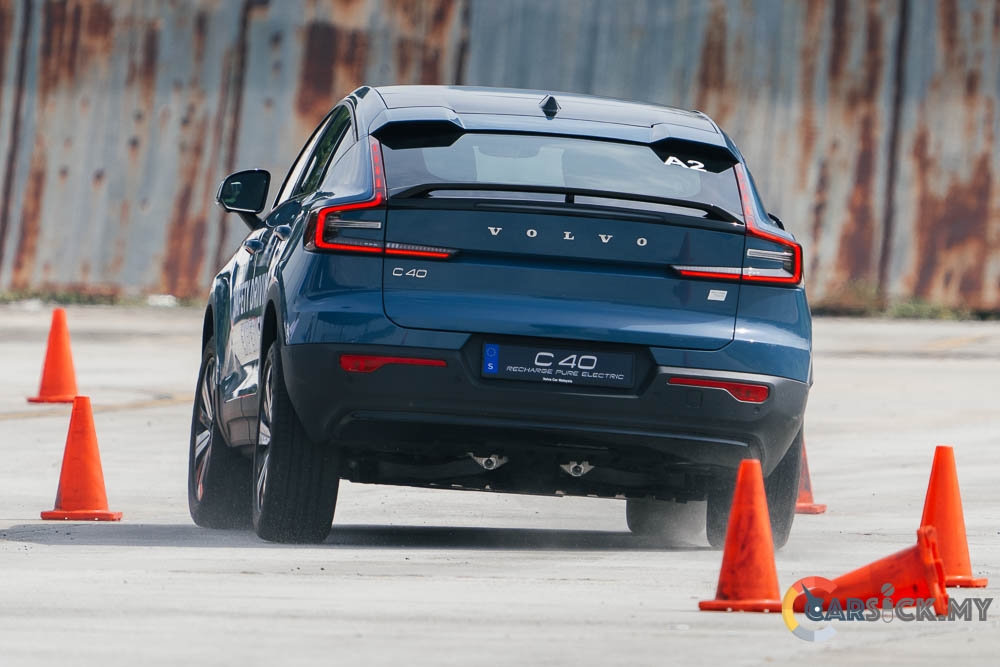
Moving on to the next experience, it was the emergency braking test with a lane change. This exercise began with an emergency braking test in a straight line. Since most drivers rarely stomp on the brakes while driving, this experience showcased the strength of the brakes on Volvo vehicles in bringing them to a standstill. It also allowed instructors to correct Volvo owners’ braking habits during emergencies, helping them fully utilize the brakes. These two events were done using Volvo C40s and XC40 pure EVs.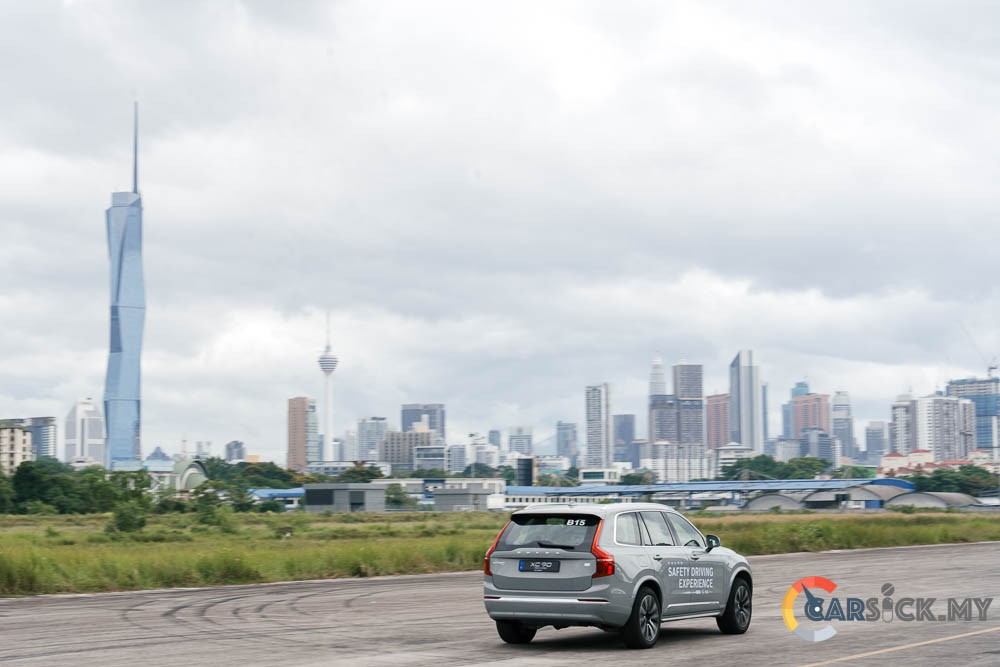
For the next three exercises, we switched to much bigger cars in Volvo’s lineup, including the XC90s, XC60s, and V60s. To start, we were given the chance to test out the Pilot Assist that comes standard on all Volvos in Malaysia. The exercise also demonstrated Pilot Assist’s capability to follow the speed of the vehicle in front and bring the vehicle to a total stop in traffic jams.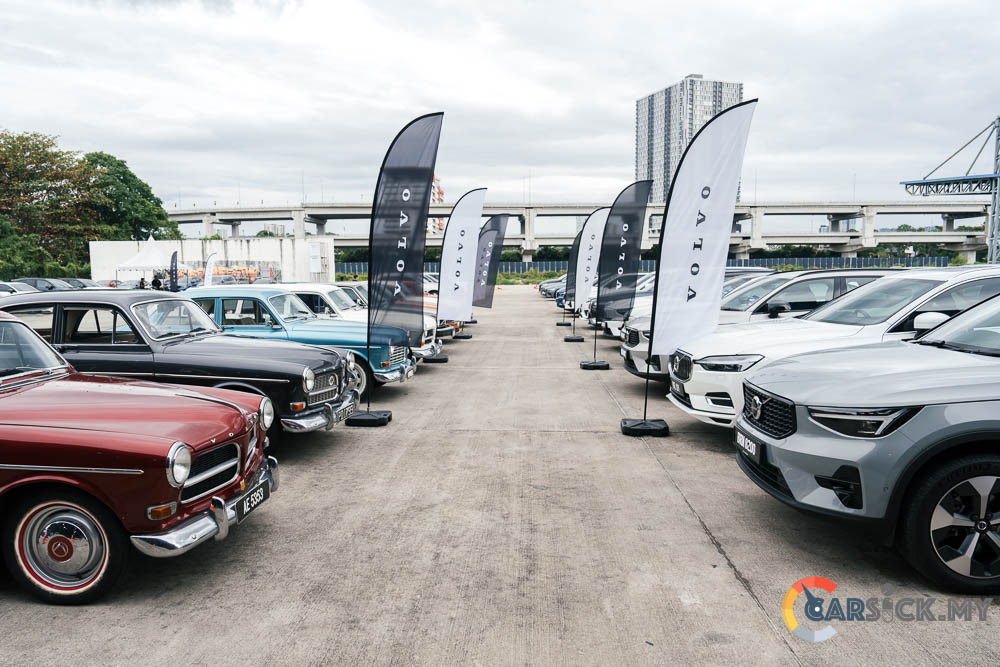
Next up, we got to fully utilize the runway. Since this was a straight road, it meant a top-speed run for the different Volvo vehicles. This is something we can’t do on public roads, and we got to hit the limited top speed of 180 km/h. To end the event, we were given a short gymkhana course to do one practice run and two timed runs. The gymkhana course required the driver to navigate through a slalom course, make a turn through a tight section, and end the course by stopping the vehicle inside a designated area. This allowed owners to test out the agility of Volvo vehicles even in tight areas.
In conclusion, this event is a great way to improve the driving skills of Volvo owners. I think more car manufacturers should organize such events, as most people may not have the chance to know how their vehicles will react during emergencies. These experiences also help make Malaysian roads safer for all road users. 